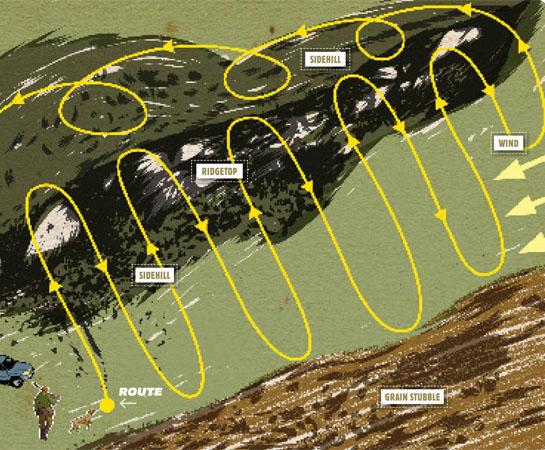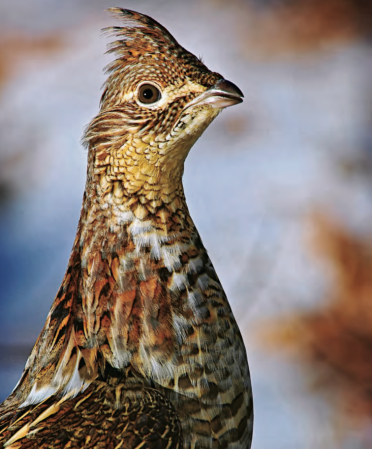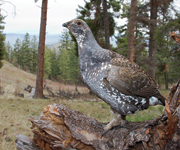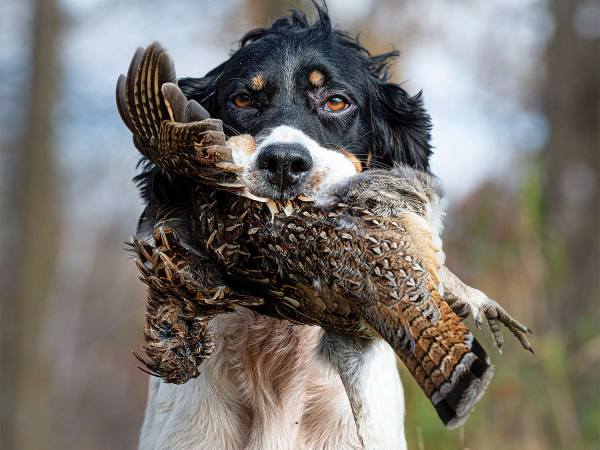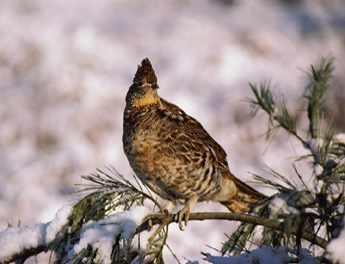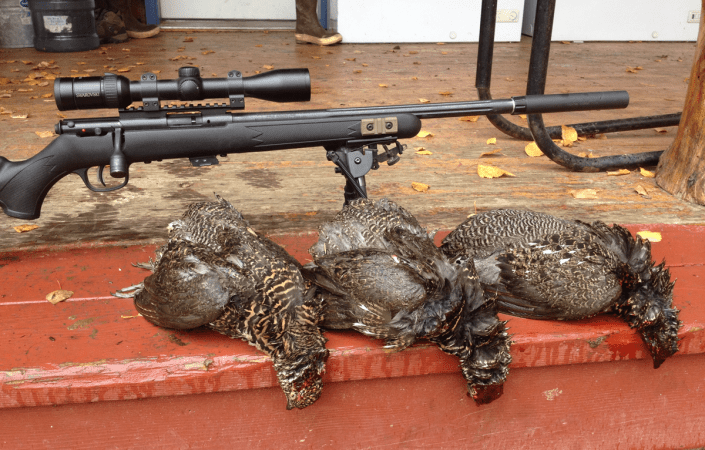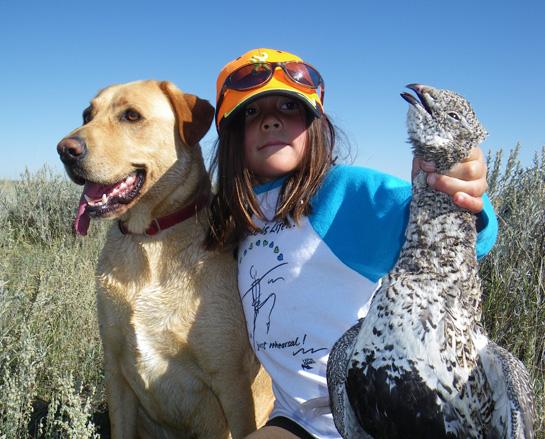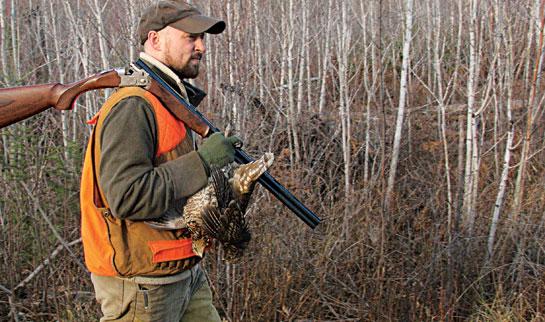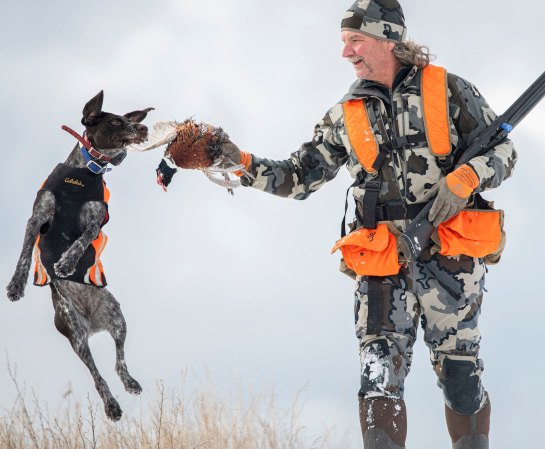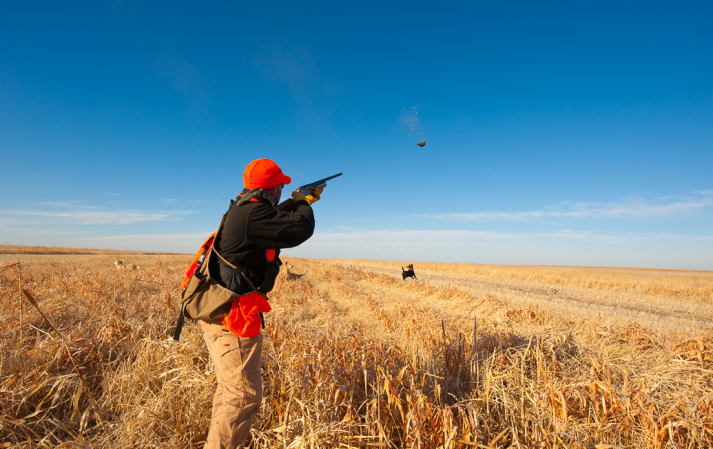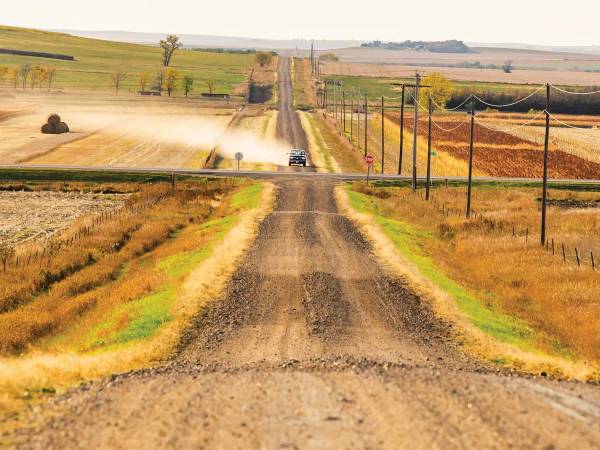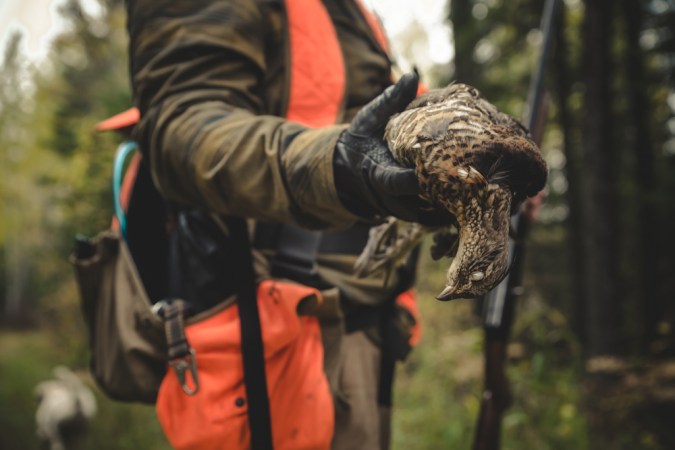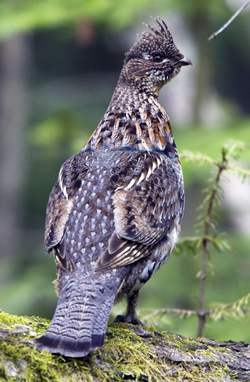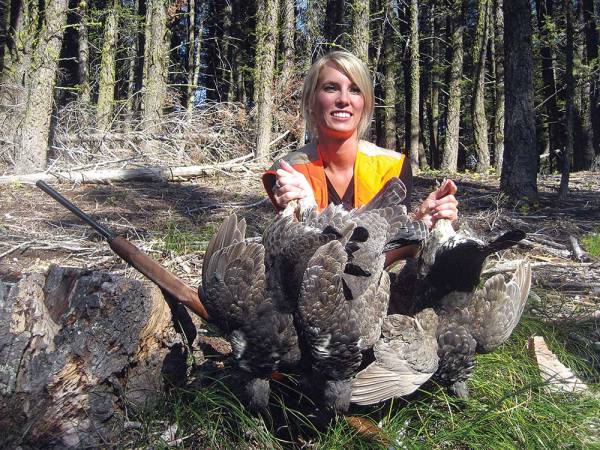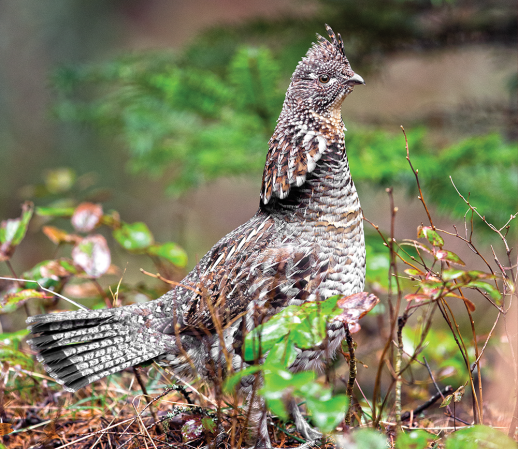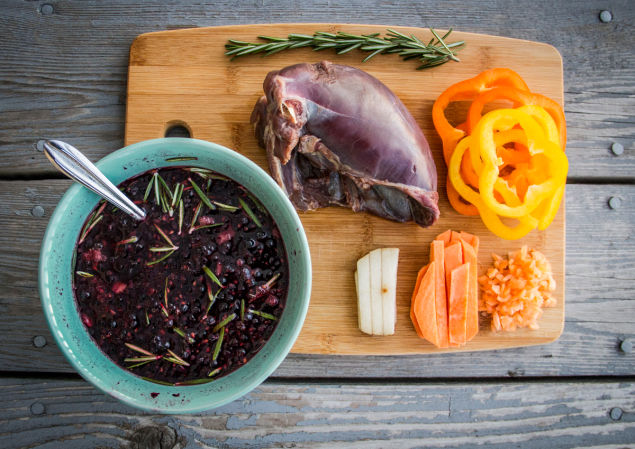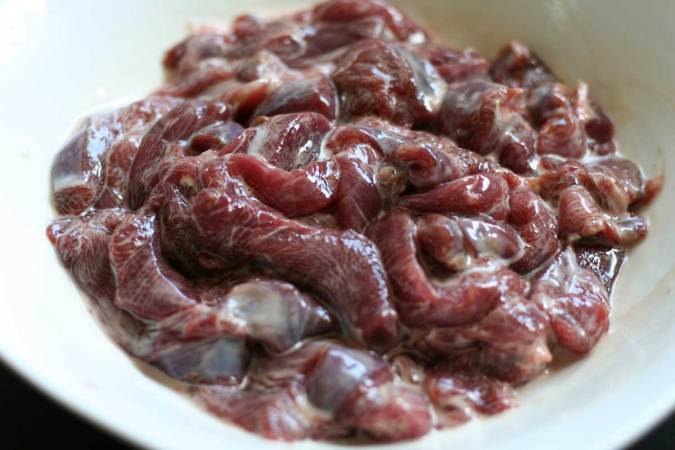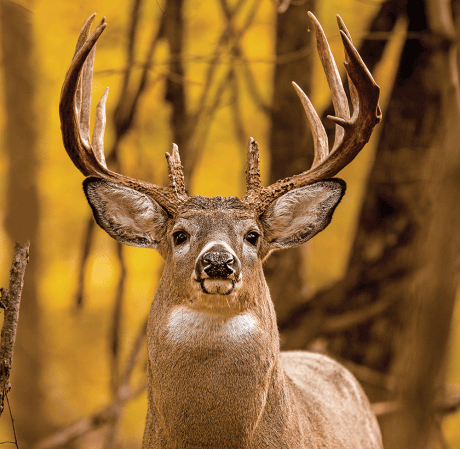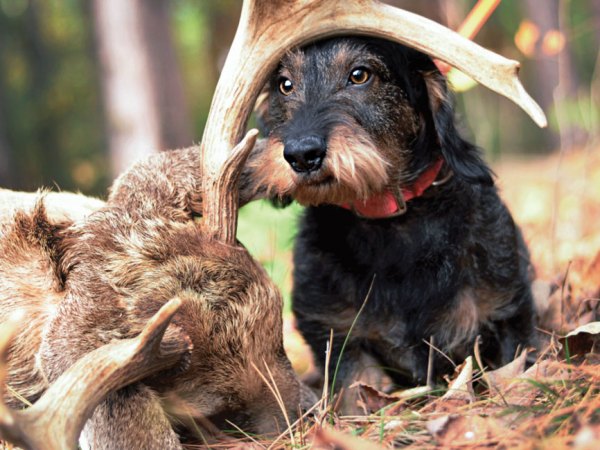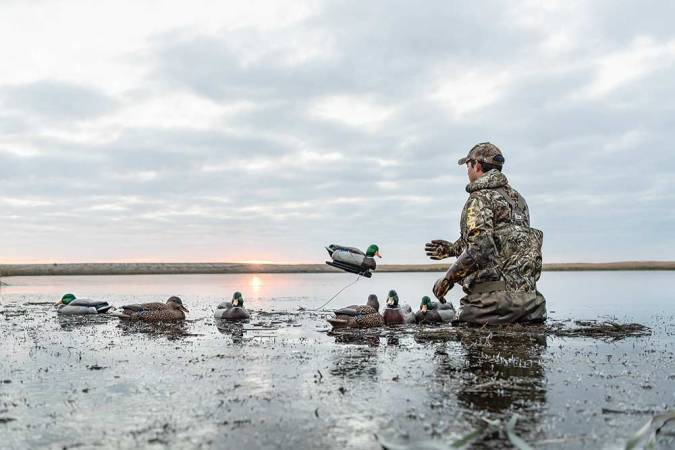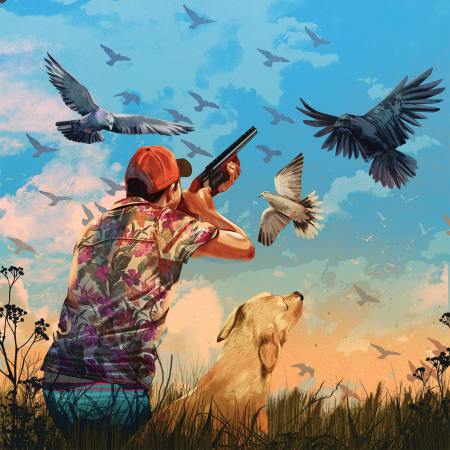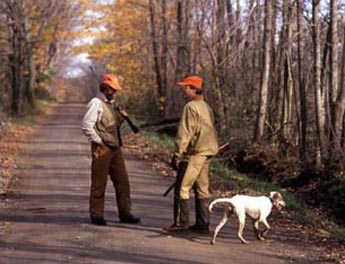Illustration by John Phillips
Sharptail grouse hunting is not for the weak of leg or faint of heart. The landscape is big, the birds are wild, and the miles are long. But sharptail country hooks you and holds on, with its endless sweeps of blue sky; rolling vistas of grass, grain, rock, and sage; and the lonely song of the prairie wind. The glories of hunting the big wide-open would be ample reward for the effort invested, but you might as well shoot a few sharpies along the way. Here’s how.
Understand the Birds
New sharptail hunters always look for birds in brushy draws, coulees, gullies, tree lines, or north-facing slopes. But like pronghorns, mule deer, and other prairie game, sharptails only feel comfortable when they can really see danger coming. Thin, grassy cover (calf-high, not knee-high) and high-elevation spots with good views are the places to start your search for birds.
Find Their Necessities
Food and water are the sharptail’s other habitat essentials. Wheat, oat, and other small-grain stubble can lead you to a flock. Early-season sharptails chase grasshoppers in light grass. They relish buffalo berries, rose hips, plums, and other prairie fruits. Locate water–a stock tank (cattle pond), working windmill, or active spring seep–to home in on a flock.
Scout Them Out
As you might for the West’s bigger game, get to a vista at sunrise and spend some time behind a binocular or spotting scope. Sharpies will fly–often for miles–between roost, feed, water, and loafing cover. Locate flocks, learn their habits, and save steps later by hunting the birds in the right places at the right times.
**
Dissect a Grouse’s Day**
For an hour or two after sunrise, hunt in or near grain stubble fields. Hunt high, grassy places as morning becomes afternoon. Sharptails won’t burrow into thick grass; they like their sightlines. Hunt near water sources on warm afternoons. Later in the afternoon, hunt near or in the feed again.
Gear Up
Wear your most comfortable hiking boots. Dress lightly–you’ll be on the move and generating plenty of heat–but pack an extra layer in case the day cools or the wind whips up. Bring plenty of water for you and your dog.
Load Up
Carry a light shotgun. A 12-gauge is ideal, but use your 16 or 20 if that’s what you shoot best. Pumps and autoloaders are great for the capacity, but side-by-sides and over/unders generally weigh less. Go with improved cylinder and modified chokes on a double; modified on a pump or semi-auto. Shots can be a little long, but anywhere from 25 to 40 yards is typical. Early in the season, shoot No. 7 ½ shot. Later on, when pokes get a little longer, No. 6 is a better choice.
Hunt Smart
Hunt the best cover into the wind to give your dog’s nose a chance, and to hide the sounds of your approach. To maximize your wind advantage and habitat coverage, hunt across the wind in long strips of cover (see illustration). Try different elevations. When returning to the truck, make loops back against the breeze as you go. Keep a flushing dog within 30 yards, and work a pointing dog within 75 to 100 yards so you can get there quickly for points. Sharptails are nervous and may bust early.
Sharptail Quirk
A flock of sharptails often flushes in small groups, or even one by one. If the birds are just out of range, don’t stand there and watch. Hustle over and get a shot! There’s a good chance you’ll find a tight-sitting bird. If you empty your gun on an initial flush, reload and be ready for straggling singles.
